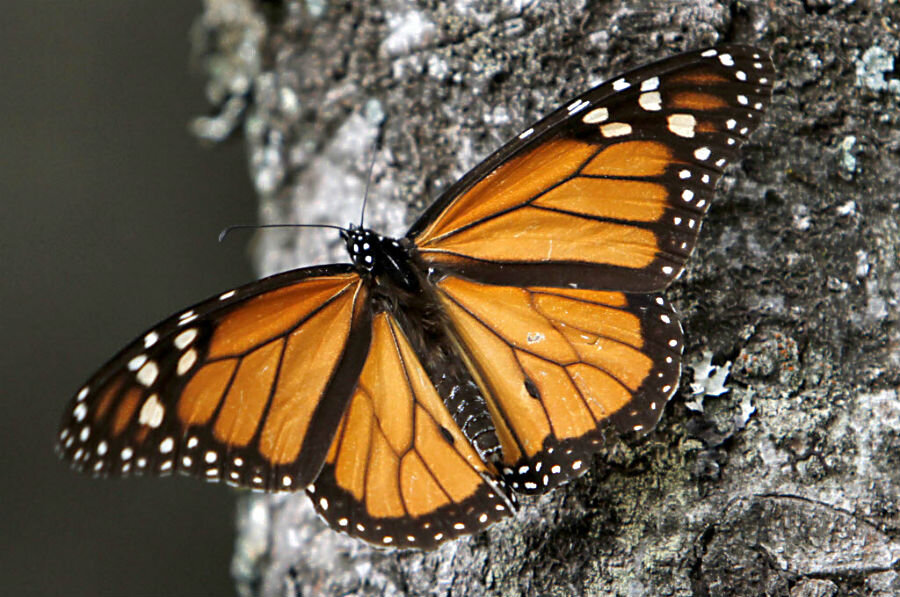Native American tribes pledge to save the monarch butterfly
Loading...
Leaders of seven native American tribes in Oklahoma announced on Tuesday their commitment to planting specific vegetation for monarch butterflies, whose population has declined in recent years.
The butterflies, who have recently faced troubles along their migration route, rely on vegetation like milkweed or other native plants that produce nectar, which the tribes have pledged to plant on their lands.
"For the last several years, we have been raising bees and pollinators, so when this opportunity came along, it fit with what we were doing," said Thalia Miller, director of the Chickasaw Nation Horticulture Department, reported the Huffington Post.
The seven tribes will collaborate with the Monarch Watch program at the University of Kansas and the Euchee Butterfly Farm in Bixby, Okla., to carry out the $250,000 project, funded by a grant from the National Fish and Wildlife Foundation.
"The tribes are natural leaders on this issues," said Jane Breckinridge, who owns the Euchee Butterfly Farm and co-directs the project, reported the Post.
In the past 20 years, the population of monarch butterflies has been sharply reduced: in 1996, one billion monarchs migrated from Mexico to Canada each year, but in 2013, it was just 35 million.
Monarch butterflies migrate south to Mexico, where they spend the winter, and then trek north through Oklahoma to spend the summer in Canada. The 3,000 mile journey involves several generations, as the insects breed, hatch, and die along the way. But with more land along their route now dedicated to farming, housing developments, and clearcut landscape, butterfly populations have severely declined in recent years.
For monarchs, milkweeds are essential: not just food, but home. Adults lay eggs on the plant, which becomes larvae's only food source. Milkweed can make cattle ill, however, and so agricultural workers often destroy the plant with glyphosate, a toxic chemical found in Monsanto's herbicide Roundup. Scientists say that without milkweed, the monarch butterflies cannot exist.
In June, the Environmental Protection Agency announced a five-year program to study the consequences of Roundup on over 1,500 endangered species, including the monarch butterfly, but stopped short of limiting Roundup's use, a decision monarch activists decried as "study[ing] the monarch migration to extinction."
"The monarch population that overwinters in Mexico has plummeted more than 90 percent in two decades — it is a perilous decline," said Rebecca Riley, an attorney with the National Resource Defense Council, in a June press release.
"The drop is linked to a destruction of the monarch habitat, as massive use of glyphosate in farm fields along the 'Butterfly Highway' through the US and Canada has killed the milkweed plants monarch caterpillars need to survive," she said. "To preserve the spectacular monarch migration, we must act quickly, rather than spend years in deliberation as the crisis worsens."
This year, however, the butterfly population saw an uptick in Mexico. This past winter, lepidopterists found monarch butterflies clustering on 10 acres of trees, which is a more than three-fold increase over the previous season, when they spotted only 2.8 acres of butterflies. The lowest point was in 2013, when monarchs only covered 1.66 acres.
"It is time for celebration because we see the beginning of success," Dan Ashe, the director of the US Fish and Wildlife Service told the Associated Press. "But our task now is to continue building on that success."





